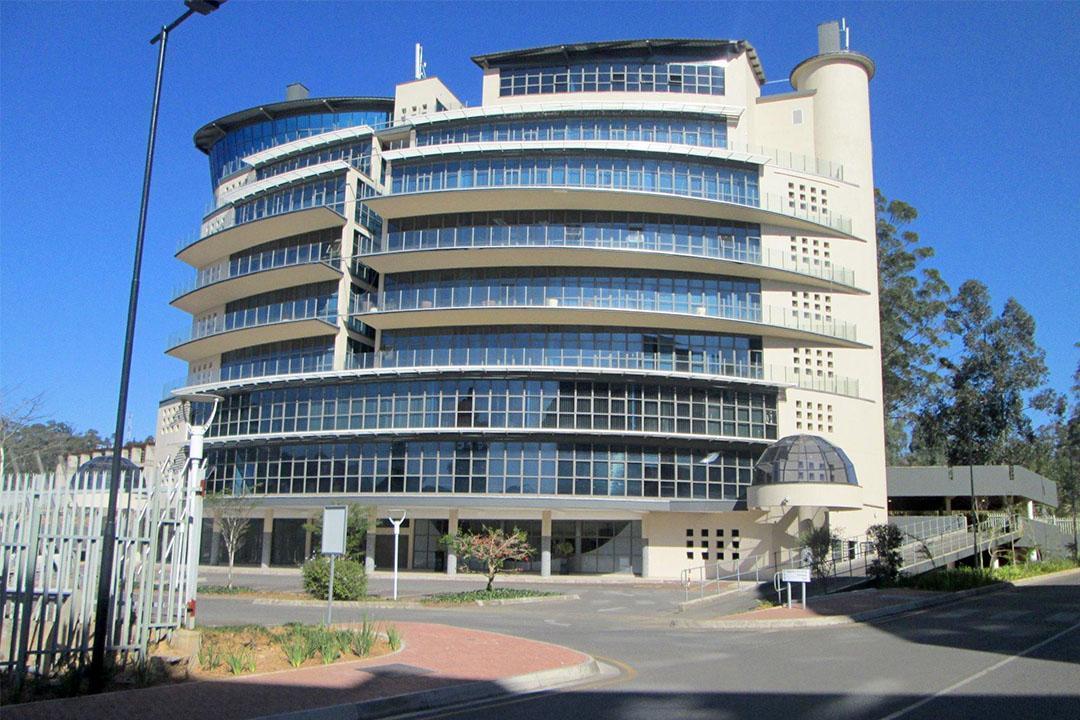Africa-Press – Eswatini. …The Fund’s performance in the first quarter has already surpassed the full-year budgeted surplus of E1.571 billion, putting it significantly ahead of its financial targets for the 2025/26 fiscal year.
The Public Service Pensions Fund (PSPF) has delivered a record-breaking net surplus of E1.971 billion for the first quarter ended 30 June 2025, significantly surpassing its budgeted target of E384 million.
This represents a favourable variance of E1.587 billion, or a 413% positive deviation from the quarterly budget. The Fund’s first-quarter performance has already exceeded the full-year budgeted surplus of E1.571 billion, positioning it well ahead of its financial targets for the 2025/26 financial year.
According to the PSPF, this exceptional performance reflects the impact of effective investment strategies, prudent cost management, and favourable market conditions during the reporting period.
Fund Overview
The Public Service Pensions Fund was established under Section 3 of the Public Service Pensions Order, 1993, as a Contributory Defined Benefit Scheme. Since an amendment to the regulations on 1 May 2007, members have contributed 5% of their pensionable salary, while participating employers contribute 15%.
Participating employers include the Government of the Kingdom of Eswatini, parastatal bodies, and other services designated as public service entities by the Minister in consultation with the Board of Trustees. Membership is restricted to groups employed within Eswatini’s public service, as defined under Section 2 (a)–(d) of the Public Service Pensions Order, 1993.
Since its commencement on 1 November 1993, the Fund has been responsible for paying all benefits under the Public Service Pensions Order and related regulations. It also administers pensions under the Pensions Act of 1968, the Umbutfo Eswatini Defence Force (Gratuities) Regulations of 1979, and the Commercial Union Pensions Scheme for Teachers (CUSADA).
Financial and Economic Context
The Fund’s financial year runs from 1 April to 31 March, and the current report covers the first quarter from April to June 2025.
Globally, economic conditions were more positive than expected. Fitch Ratings revised its 2025 global GDP growth forecast upward to 2.2%, signalling improved global momentum. Major equity markets posted strong gains during the second quarter: the FTSE 100 rose 3.19%, the S&P 500 increased 10.94%, and Japan’s Nikkei 225 surged 13.25%.
In the United Kingdom, GDP grew by 0.7% in Q1 2025, marking its fastest quarterly growth in a year, while China’s manufacturing activity also rebounded into expansion territory. Commodity prices, including gold, copper, and silver, rose by 5.75%, 4.06%, and 5.94% respectively, boosting global investment returns.
In South Africa, local equities performed strongly, rising 10.2% over the quarter, driven by higher commodity prices and improved investor sentiment. The All Bond Index returned 5.9%, and listed property gained 10.8%. Inflation edged up slightly to 3% in June 2025, while GDP grew 0.1% quarter-on-quarter and 0.8% year-on-year.
Eswatini Market Outlook
Eswatini’s economy also showed encouraging signs of growth. The World Bank projects GDP growth of 5.0% in 2025, following 4.8% in 2024 and 3.4% in 2023. Headline inflation eased to 3.2% in June 2025, reflecting regional price stability in line with South Africa.
The Prime Lending Rate was reduced to 10.25%, while the Discount Rate dropped to 6.25%, easing domestic credit conditions. Private sector credit increased modestly to E23.8 billion, supported by activity in the agriculture, manufacturing, and services sectors.
Gross official reserves stood at E8.2 billion in June 2025, up 2.2% year-on-year, and the Lilangeni remained stable at an average of E18.26/USD.
Strong Foundations for the Year Ahead
With its first-quarter surplus already surpassing the annual target, the PSPF enters the remainder of the 2025/26 financial year from a position of exceptional strength. Its robust performance underscores the Fund’s commitment to sound financial stewardship and long-term sustainability — ensuring that it continues to meet the retirement needs of Eswatini’s public servants.
For More News And Analysis About Eswatini Follow Africa-Press







